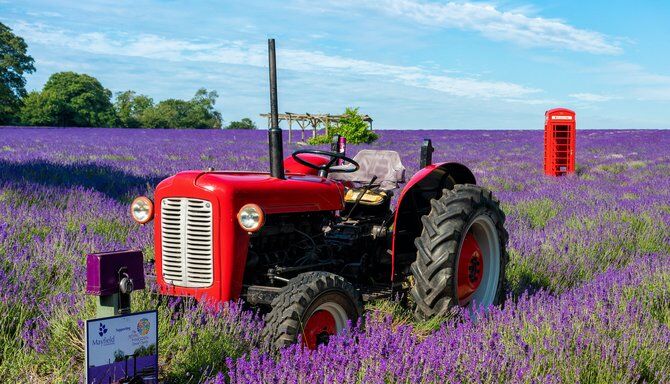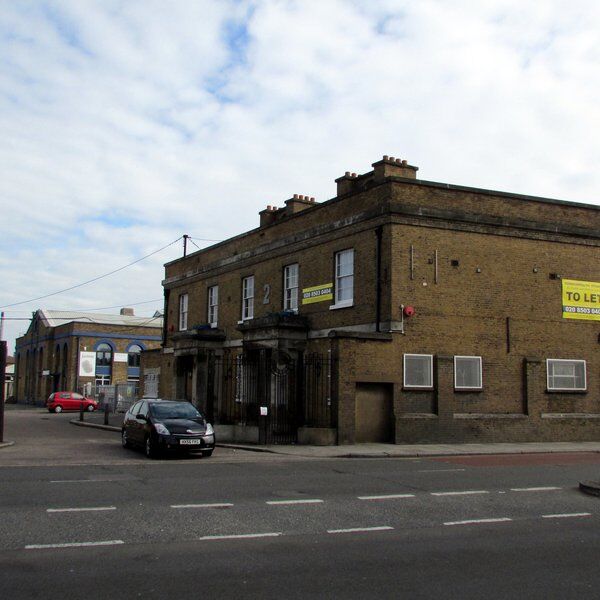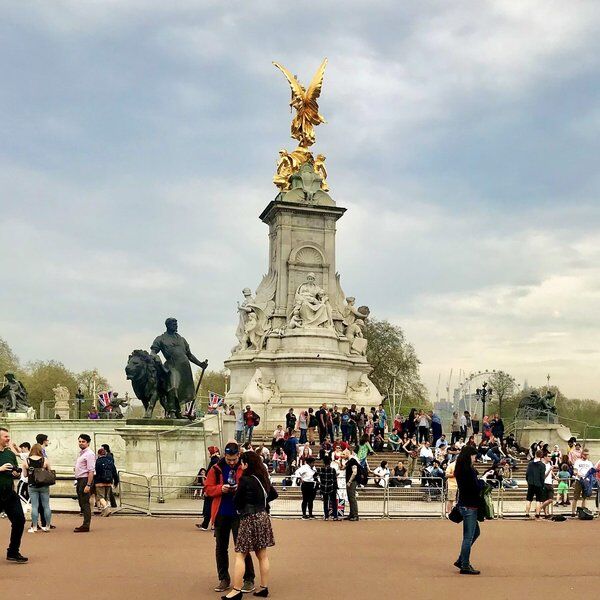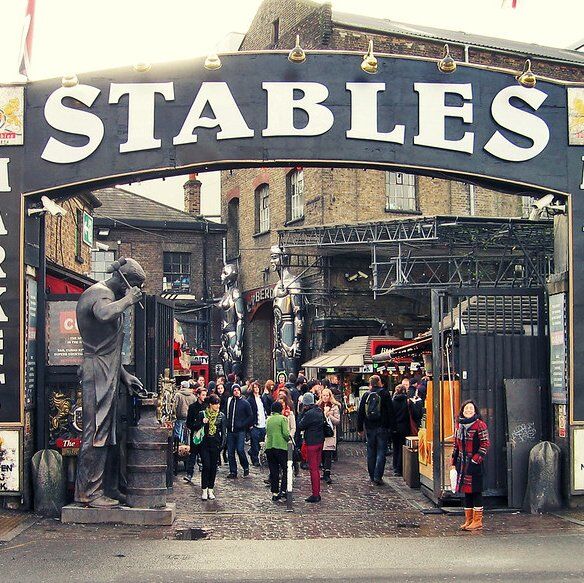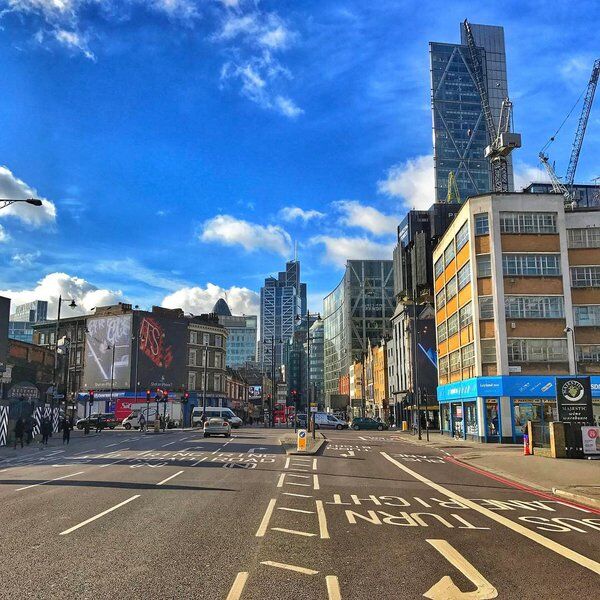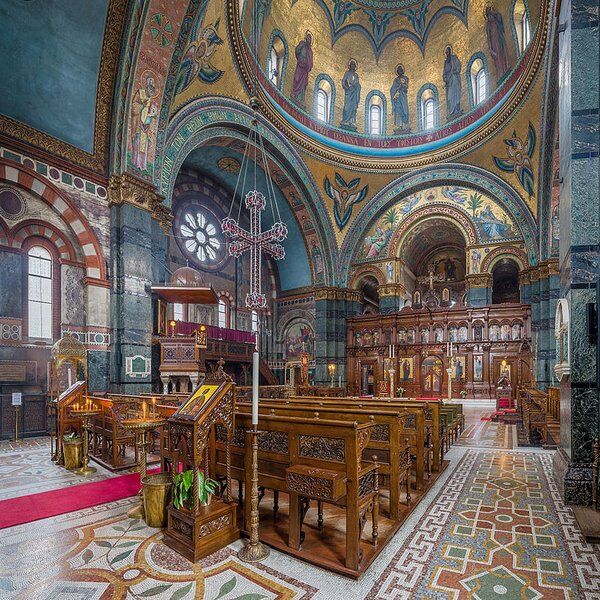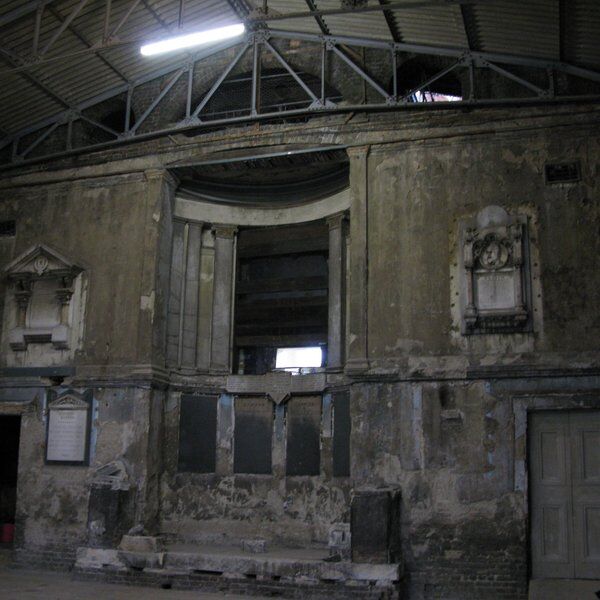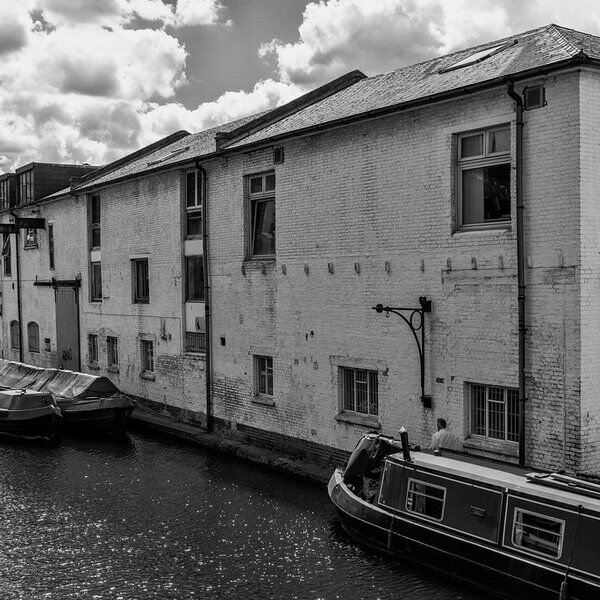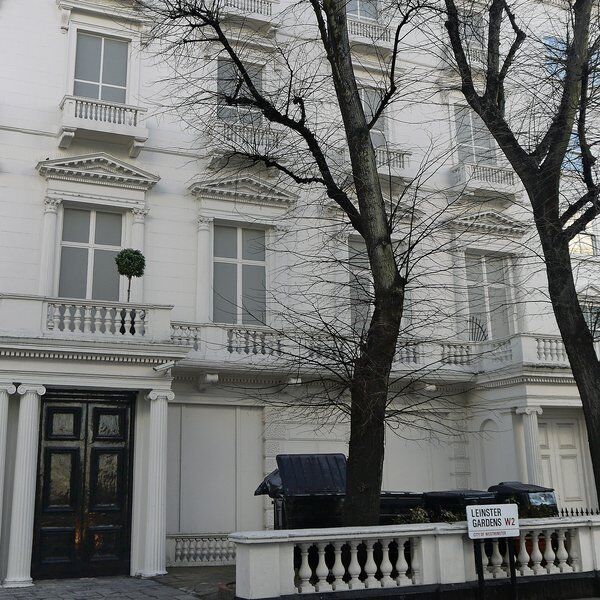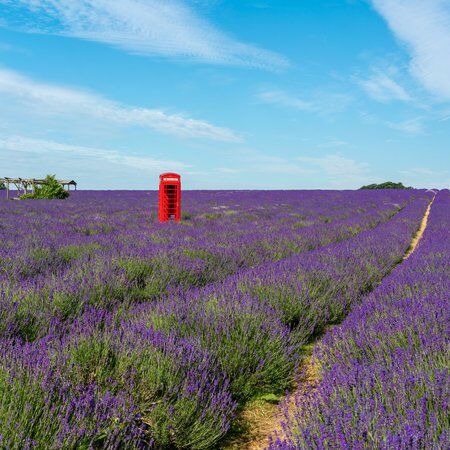
Greater London has many lovely parks and farms, but only one of them is purple. Mayfield Lavender Farm was established in 2002, breathing new life into what was originally a Victorian Lavender field.
A Difficult Start
This rebirth, however, did not get off to a smooth start. 70,000 lavender plugs were planted, and 70,000 lavender plugs devoured by magpies and crows. They don't call it a mischief of magpies for nothing.
The farmers weren't to be bested by a few pesky birds, however. They replanted the field the following year and this time it flourished.
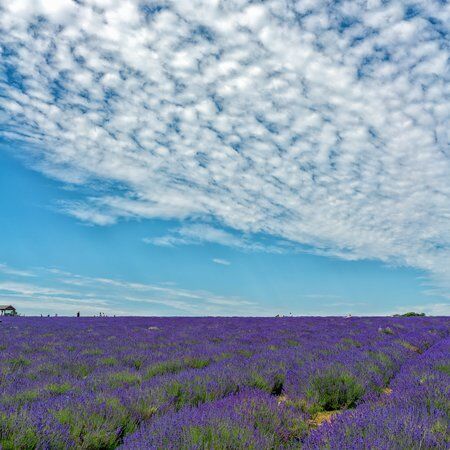
Easy On The Eye, Electrifying To The Nose
It opened to visitors in 2008 and has since become renowned as a local beauty spot. It was not the way that lavender looks that originally inspired its owners to grow a farm, but the way that it smells.
In the early 2000s, Yardley, a purveyor of all scents lavender, were struggling to stand out in the ever-competitive fragrance market. So, what did they do? They built a visually stunning representation of just how lovely lavender can be.
Yes, Mayfield Lavender Farm was originally made as a means of marketing eau de toilette and smelly soaps. And look at it now:

A Brief History of British Lavender
Lavender has been a British favourite for centuries now. Medieval monks used to make frequent use of it in medicine. The Tudors had a habit of putting it in their clothes chest to prevent moth damage, and scattering at their Queen's feet to prevent monarch damage. During the Great Plague of 1665, Stewart thieves would rub its vinegar all over themselves to protect them from infection, as they robbed their helpless victims.
Lavender rose to particular prominence during Victorian Era, when it became a favourite in both perfumery and cooking. Legend has it that Queen Victoria even preferred to have her Sunday lamb with lavender jelly, as opposed to the traditional mint.
During WW1, an unprecedented demand for medicine lead to it once again being used to treat injury. This would be its last hurrah, however. Or so it seemed.
Many lavender farmers sold their land to property developers in the 1920s and 30s. Despite this, however, the herb is once again on the rise. Thanks to the likes of Mayfield Lavender Farm its broad appeal is being recognised by a new generation.
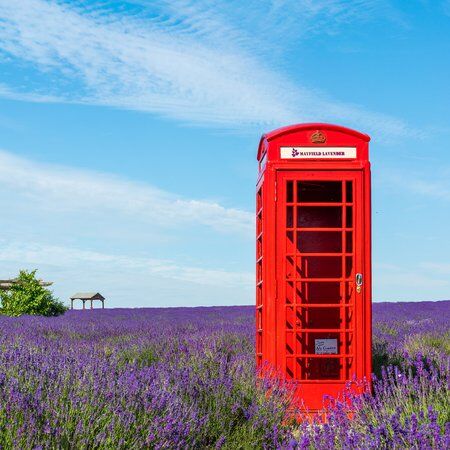
One more thing...
The scent of lavender is so strong that it can last over 3,000 years. That is according to the archaeologists who discovered Tutankhamen's tomb, at least. Reportedly, the sprig of lavender that they found their, in 1922, still bore its distinctive aroma, despite the fact that the tomb had been sealed since 1323 BC.
Lets just thank our lucky stars that its a nice smell...
Interested in finding more places like this? Try one of our Treasure Hunts in London - untangle cryptic clues as a team, as you are taken on a journey to the most unique, unusual and bizarre corners of London.
